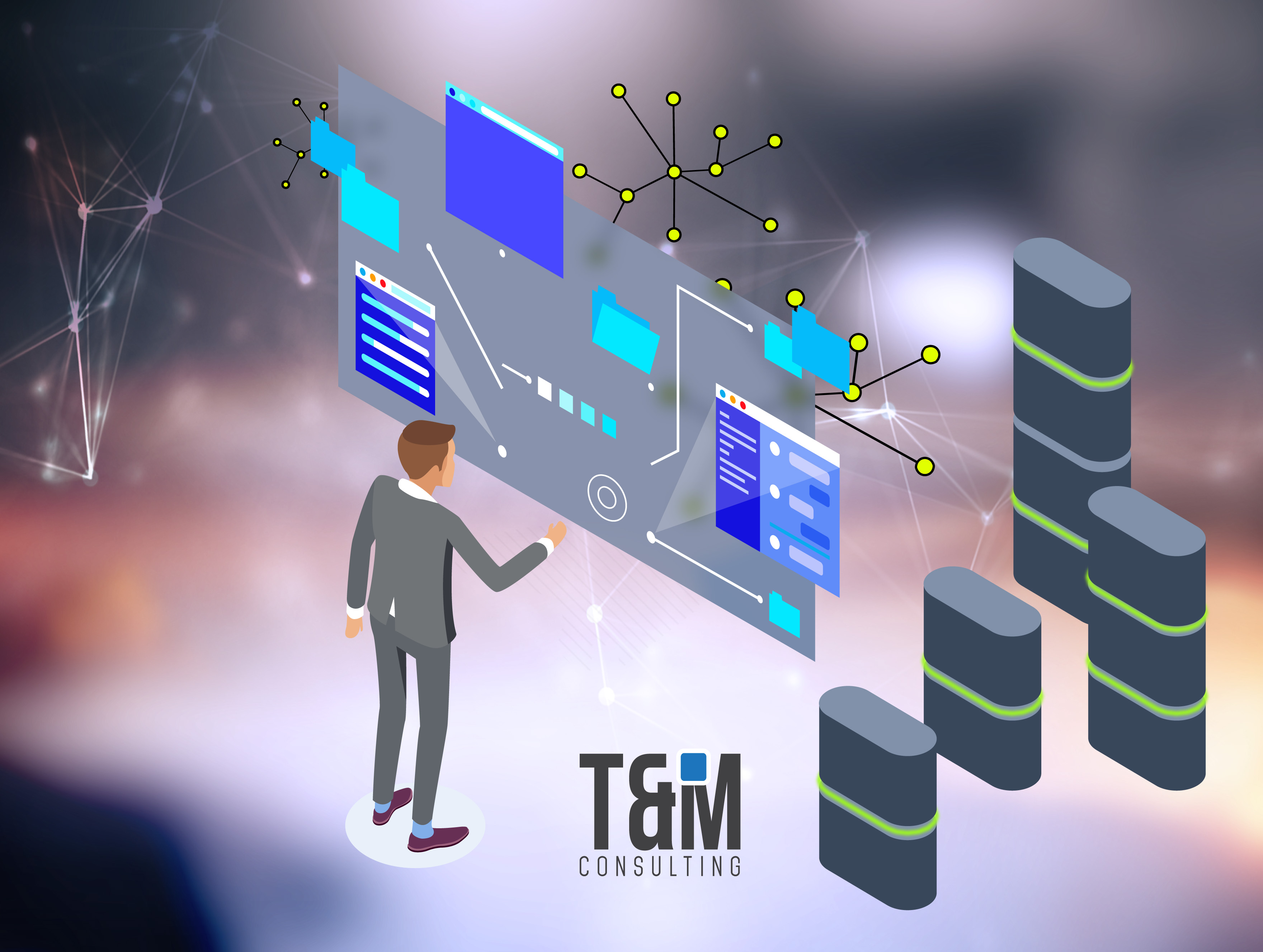Just as a successful transformation is a project in stages, so are the efforts to modernize systems.
For instance in the article “The Four Building Blocks of Transformation,” from the organizational change experts at PwC, Al Kent, David Lancefield and Kevin Reilly, they describe how Apple, IKEA, Starbucks and Honda have achieved success through a coherent strategy.
Strategic identity, differentiated. They methodically developed the capabilities and business models they needed to deliver this vision.
Modernizing your systems can help you do something similar. Certainly having established an address based on the customer’s value (as in principle number 1), it now draws a roadmap for system modernization.
A sequence of milestones and markers that can wait in the way. For example, you could introduce cloud-based capabilities from the beginning, so that they can be used for other initiatives. Or you may need to modernize some legacy systems as a prerequisite to improve time to market for product launches.
To modernize the technology in GE, the business units and the geographies shared the responsibility of putting the main applications into operation.
The progress was linked to the explicit deadlines and objectives, which include “reducing the quarter’s closing by 50 percent” and “reducing IT expenses by 40 percent.”
Each milestone also included progress towards a predetermined set of key business needs: expansion of market share, automation processes, deploying common platforms, rethinking shared services and ensuring rapid gains.
When your organization is early in this journey, ensure up-front buy-in from key senior stakeholders. In his book Leading Change, John Kotter calls this the “powerful guiding coalition.” It consists of change champions from every key area of the business at all line management levels. This coalition helps to ensure ongoing business alignment.
Although it’s planned, your IT modernization should not be rigid. Set it up as a self-correcting journey. In each step, you learn from previous iterations and discuss what could be done better next time.

Questions for plotting the journey:
- What are the critical steps in our migration to a new system? Who will we bring together to implement each step?
- How will we adapt our plan to “course correct” when things don’t go as expected?
- Who needs to be part of our powerful guiding coalition?

